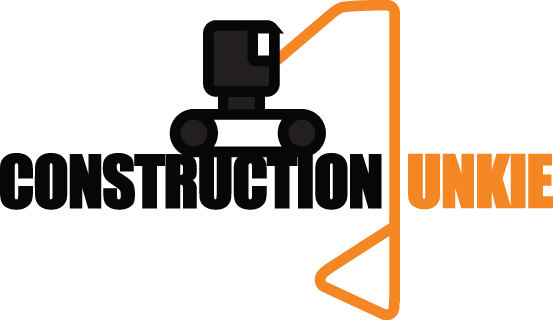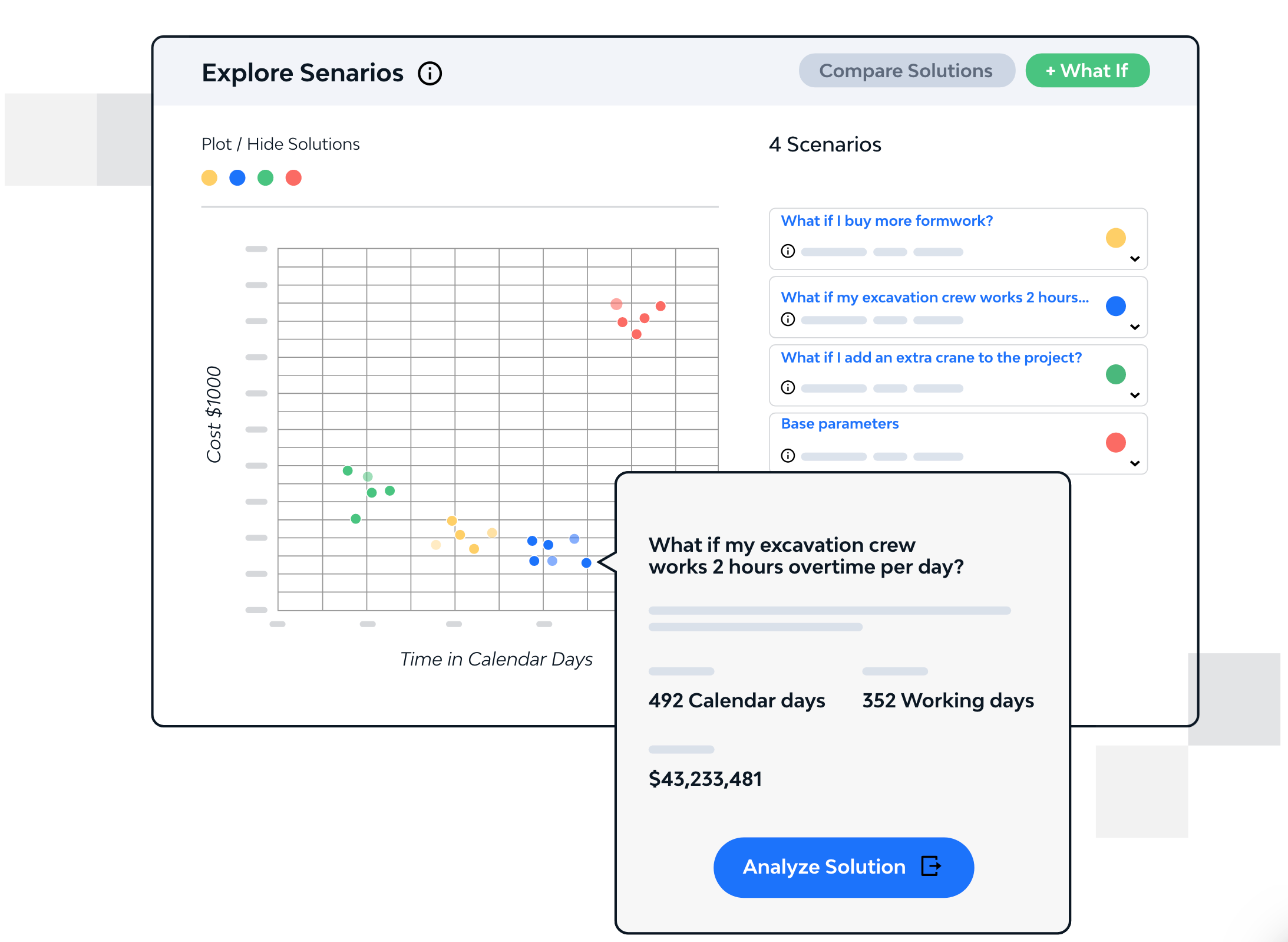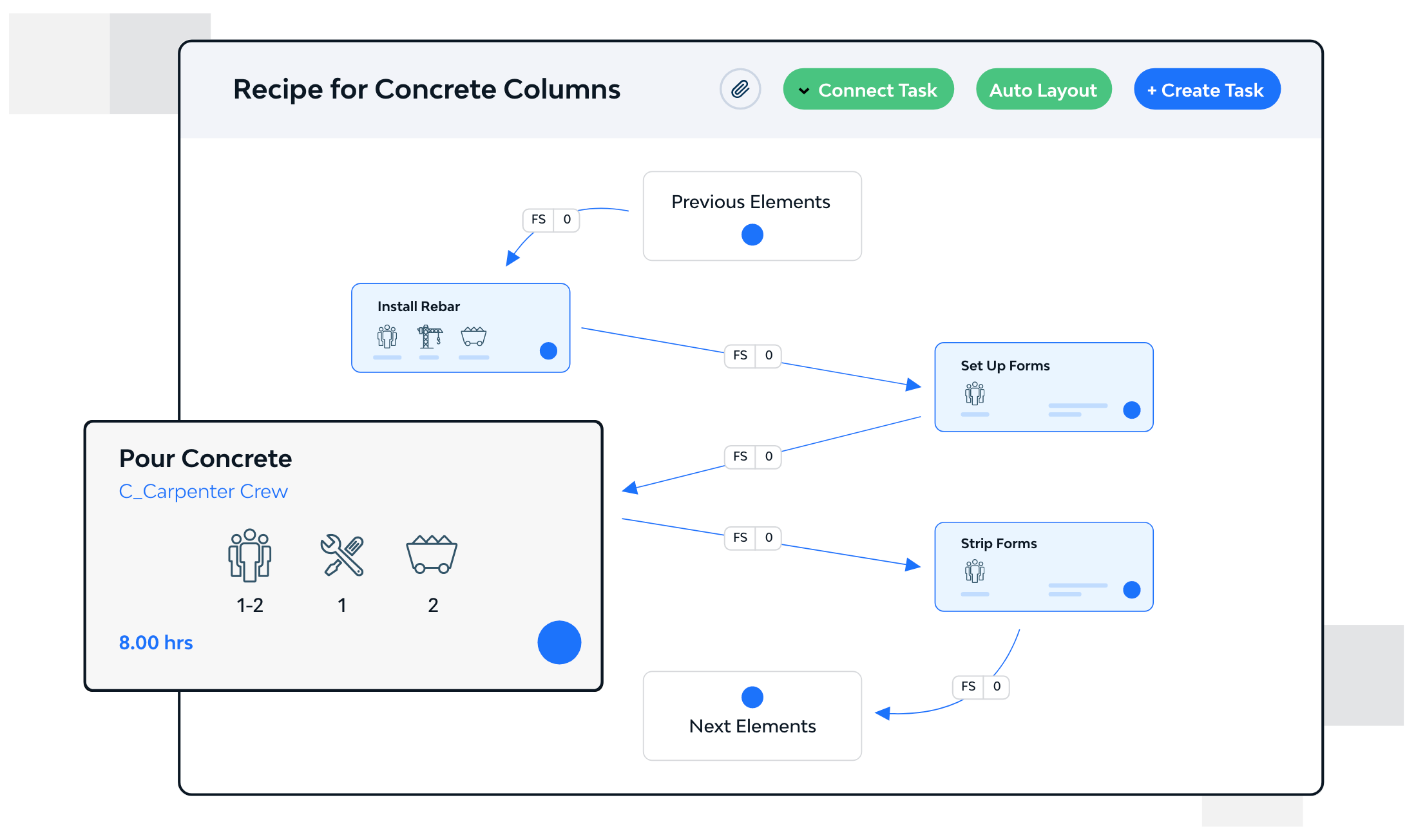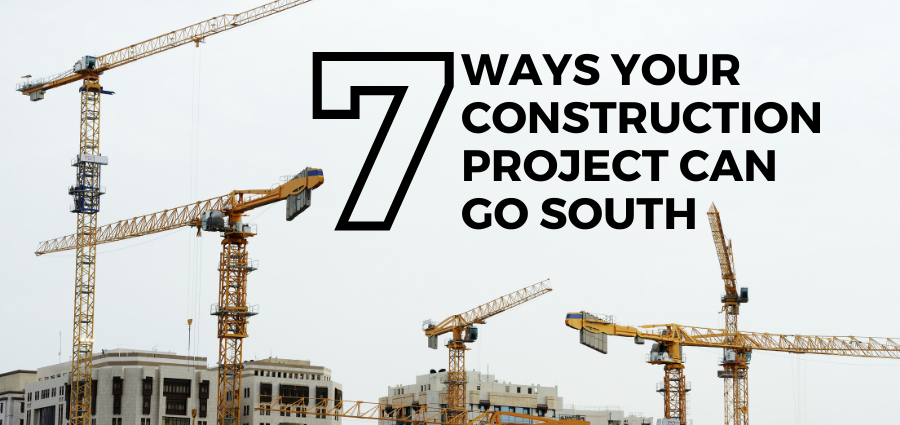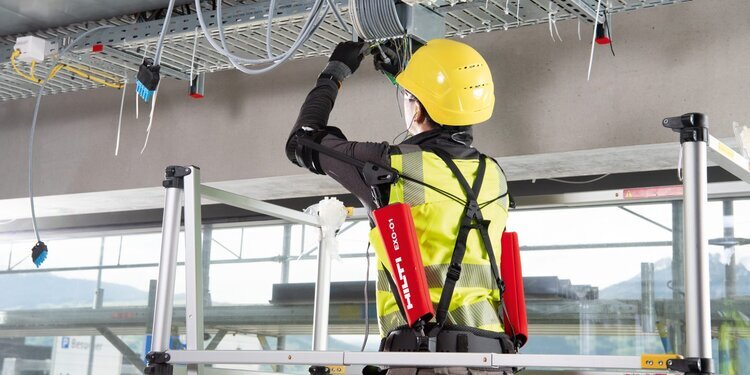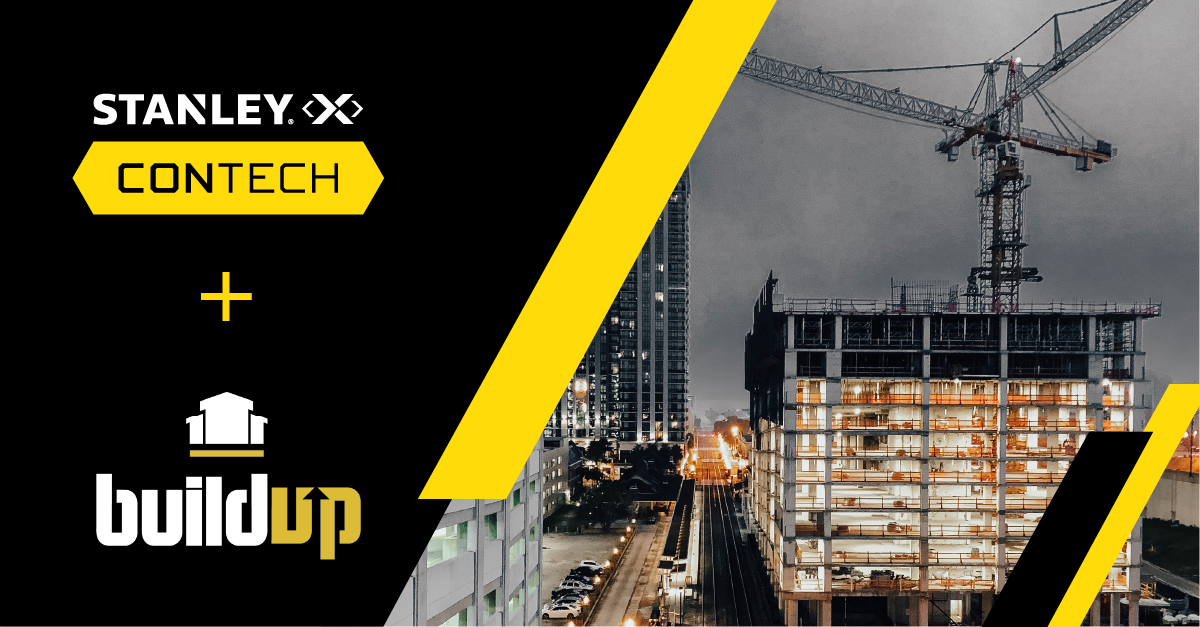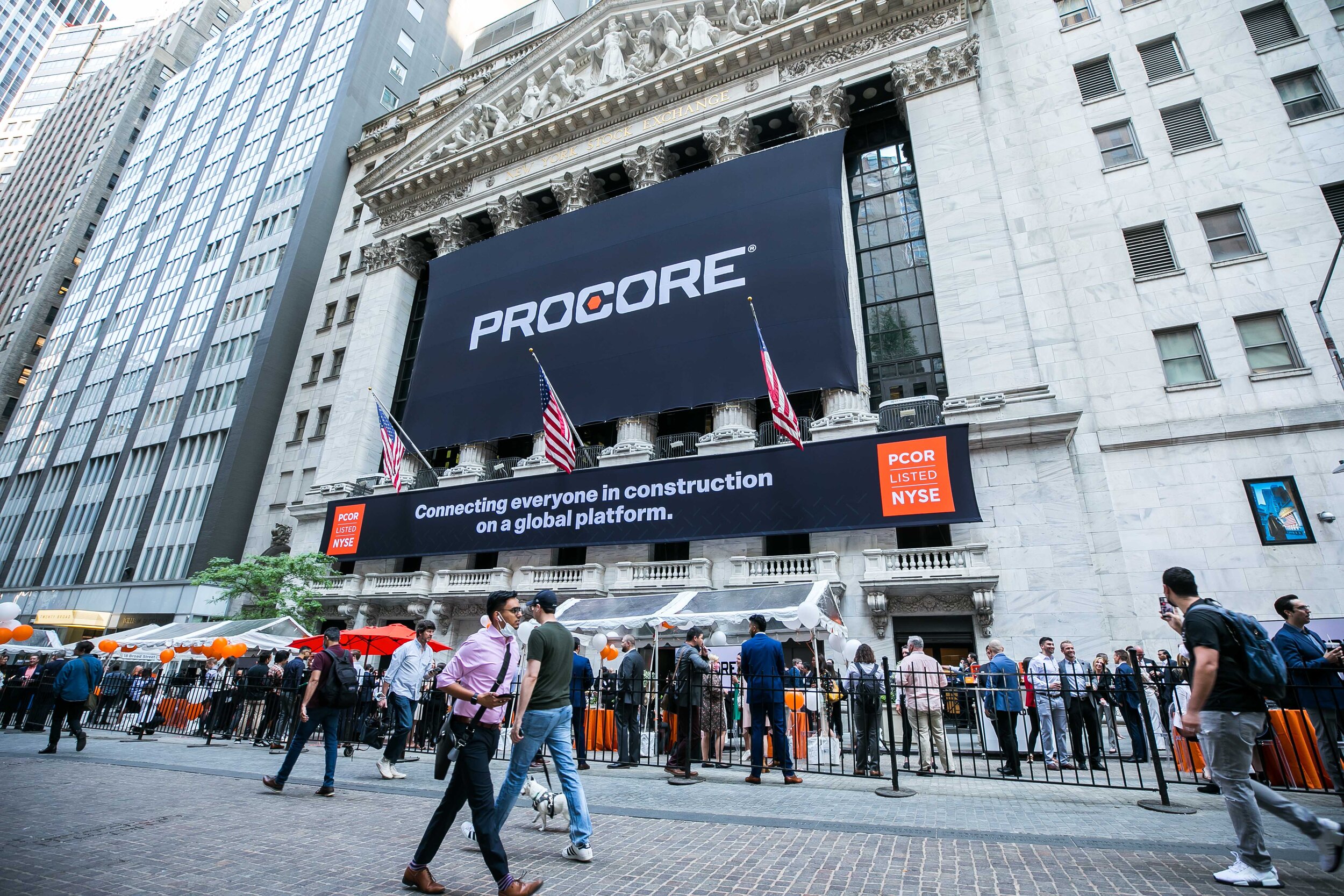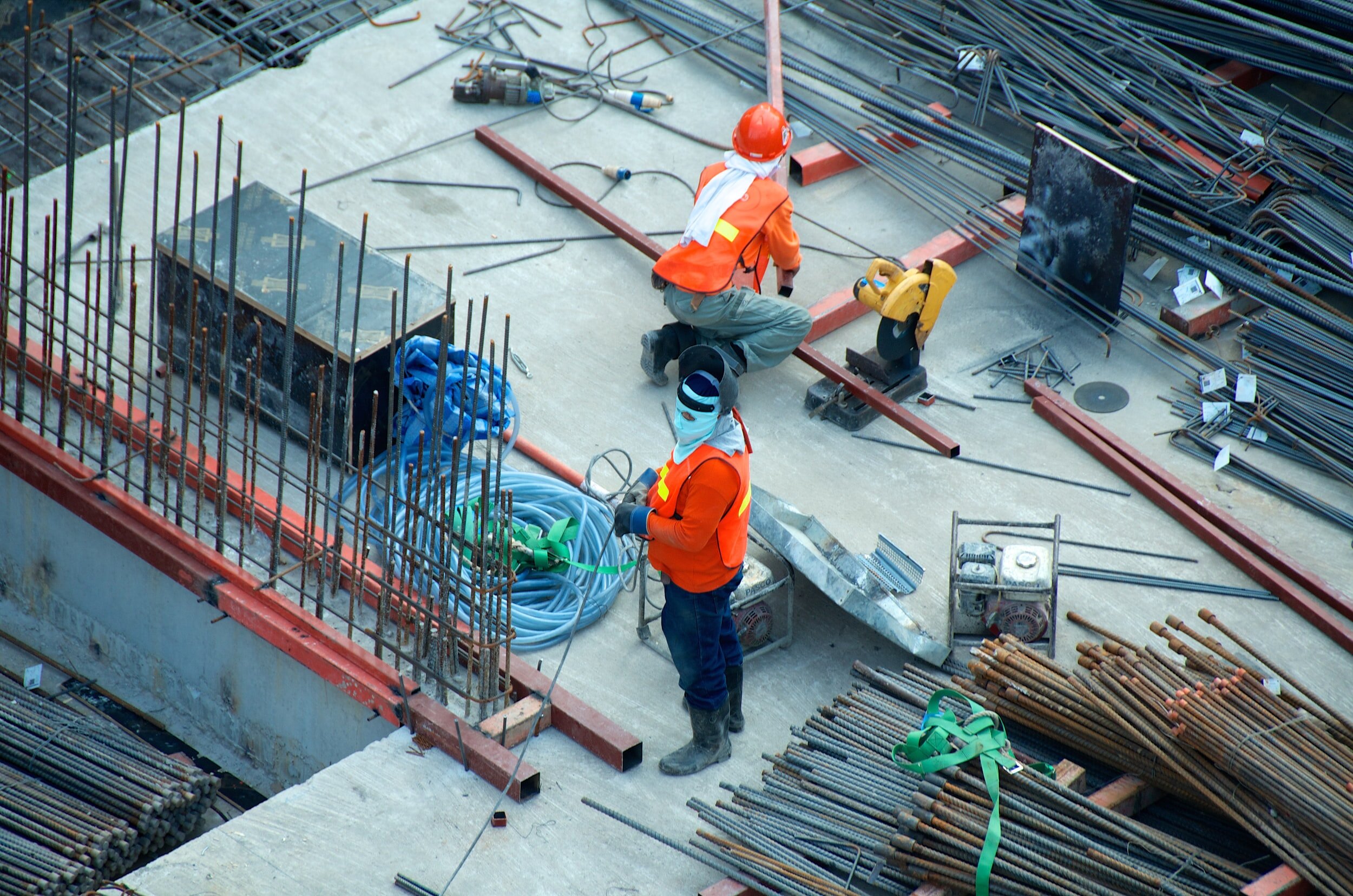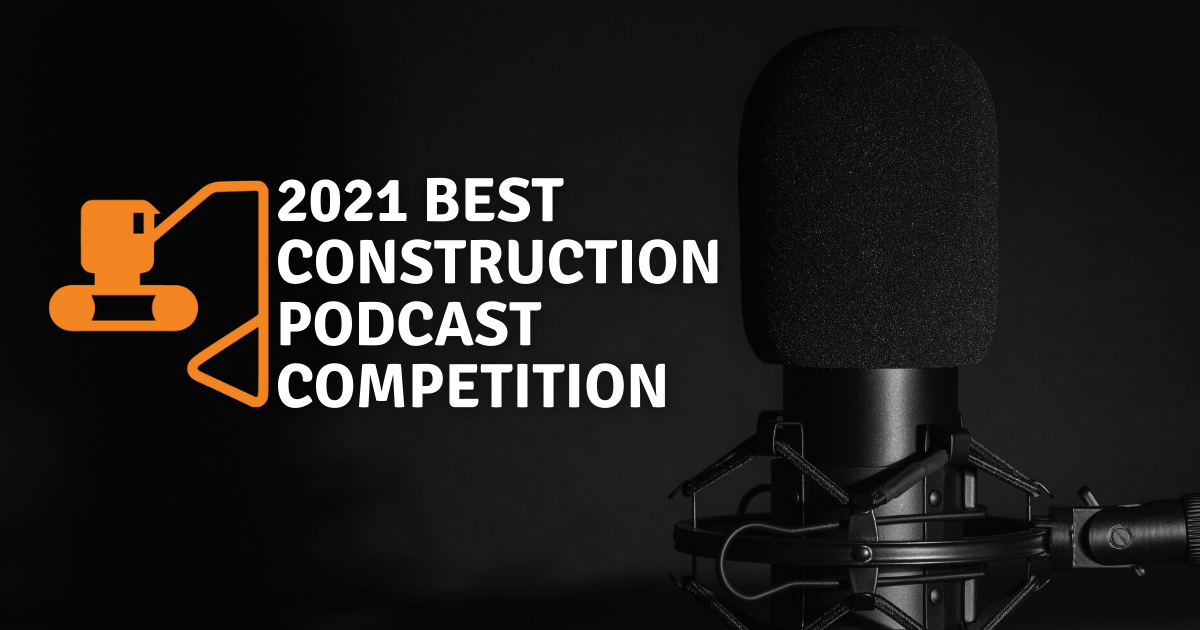This article is brought to you by ALICE Technologies
The Biden administration has recently requested assignment of $2T in funds, intended for use in rebuilding America’s infrastructure. And while Republicans and Democrats have been locked into hot debate regarding the specific amount and allocation of funds, it’s notable that no one has protested the need. Years of accumulated neglect have left transportation, utility, and other other public service systems in dire need of repair and update—and a large allocation of funds poses a great opportunity to strengthen current infrastructure, while bolstering construction and development itself.
The INVEST in America Act (which has already received House approval) is just one piece of the proverbial pie. The five-year, $715B transportation and water initiative is focused on rebuilding the nation's roads, rail, public transit and water systems—a strong signal that Congress recognizes the need for considerable investment in the development and repair of infrastructure, and may be moving towards approval of the total amount requested.
Still, the specific amount of allocated funds is less important than the proper management of those resources which are made available. No matter how generous or well-meaning the budget, little impact is made if projects are poorly planned or managed—and historically, large-scale infrastructure projects are not well-known for their timely and efficient completion. In order to “build back better,” a fundamental shift in our approach to large-scale infrastructure repair and development is necessary. The best-case scenario? One in which the best tools and technology available are used to the best of our ability.
We owe it to taxpayers to spend responsibly—and that means leveraging today’s technological resources to make the most of every dollar. Recent advances in infrastructure planning and construction optimization—particularly those driven by AI—offer new opportunities to significantly increase project efficiency and maximize ROI.
In the wider construction industry, tools developed using AI are already producing impressive results. From streamlining project scheduling and planning, to improving resource and labor allocations, AI-based tools offer a strong advantage over traditional methods.
On government projects where on-time delivery is critical to serving public needs, delays in project completion can cost millions per day in damages. When AI-based tools are applied to the development and repair of infrastructure or other large-scale government-funded projects, they offer valuable insight which can keep projects on target. This significantly reduces costs—minimizing the tax burden on citizens, while greatly improving their quality of life.
One such solution is ALICE Technologies—the world’s first AI-powered construction simulation and optimization platform. On average, use of ALICE results in a 17% reduction in project duration and an 11% decrease in construction costs. When considering a potential budgetary allocation in the trillions, those percentages can quickly add up to momentous savings in taxpayer dollars.
To date, ALICE is the only tool which allows users to simultaneously explore thousands of options, proposing multiple scenarios which optimize key project resources. By analyzing labor, equipment, and material needs, ALICE presents potential pathways for building faster and more efficiently, reducing cost and time to completion. Even better, the pathways presented by ALICE are flexible, and dynamic—allowing updates to flow immediately throughout your plan and schedule. This makes it easy to address issues and analyze changes within your quickly-shifting environment—and keep even the largest and most complex projects on track.
Just like our nation’s approach to infrastructure improvements, the construction industry has often failed to make the technological investments necessary to keep pace in a quickly evolving world. The efforts of the current administration represented in the INVEST in America Act indicate that times are, indeed, changing—and those who are truly dedicated to building a better country may do well to take heed.
By leveraging cutting-edge tools and technology such as ALICE, developers can help ensure the highest possible return on our collective investment. Using modern technology to support us in doing what we do best will more quickly and efficiently bring our nation’s infrastructure into the 21st century—building a stronger economy and brighter future for generations to come.
René Morkos is CEO of ALICE Technologies and an adjunct professor at Stanford University. ALICE works with construction leaders in the infrastructure and commercial construction segments, such as Parsons, HDCC, and Kajima Corporation.
